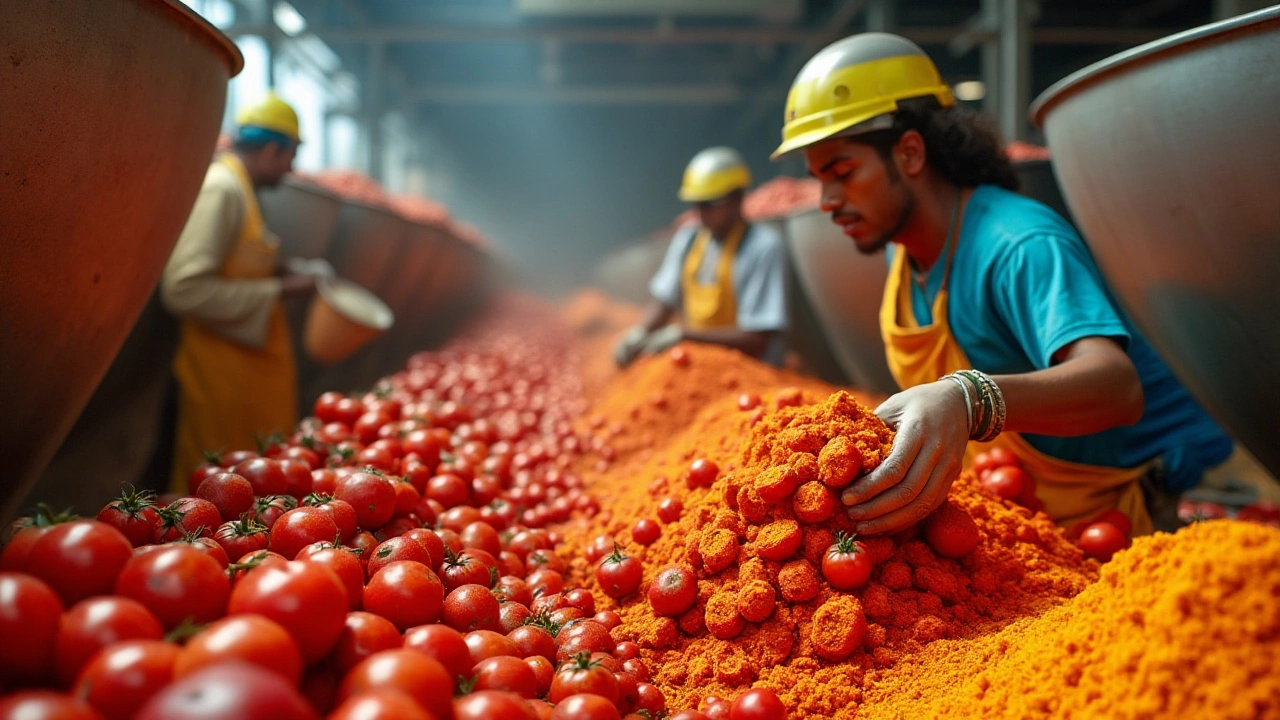5S in Food Processing: Steps to Safer and More Efficient Food Manufacturing

Curious about 5S in food processing? This guide breaks down each step, shares real-life examples, and offers practical tips for cleaner, safer, and more efficient food production.






